Uveitis Explained: Why Early Diagnosis and Specialist Care Matter for Pets
When Subtle Eye Changes Signal a Bigger Problem
Your dog blinks more than usual, or your cat hides from sunny windows. Maybe the eye looks a little cloudy, or you notice squinting when the lights are bright. These subtle signs are easy to dismiss, yet they may point to uveitis, a painful inflammatory condition inside the eye.
Unlike minor eye irritations, uveitis is a serious problem. It not only causes discomfort but can also be a red flag for systemic illness, trauma, or even hidden cancer. Left untreated, uveitis may progress to glaucoma, retinal detachment, or permanent blindness. At Envision More Veterinary Ophthalmology in Cypress, Texas, we know how quickly this disease can escalate and how difficult chronic or treatment-resistant cases can be. That is why our focus is on advanced diagnostics, individualized therapies, and long-term management that protects both comfort and sight.
Understanding Uveitis: What Is Happening Inside the Eye?
The uveal tract is the vascular middle layer of the eye, made up of the iris, ciliary body, and choroid. When any of these structures become inflamed, the result is uveitis.
- Anterior uveitis: affects the iris and ciliary body.
- Posterior uveitis: affects the choroid.
- Panuveitis: affects the entire uveal tract, the most common form in small animals.
Typical signs include:
- Redness of the scleral or episcleral blood vessels- the vessel in the “white of the eye” and around the cornea.
- Signs of eye pain like squinting, tearing, or pawing at the eye.
- Irregular or small pupils (miosis).
- Protein or cellular debris visible in the anterior chamber causing a hazy appearance, called “aqueous flare.”
- Sensitivity to light and visible discomfort.
Because these changes progress rapidly and are so painful, uveitis is considered an ocular emergency. Even a few days of delay in care can make the difference between preserving and losing vision.
Why Fast Diagnosis Matters
Uveitis is very different from surface conditions such as conjunctivitis. Instead of affecting the outer membranes, it signals a problem deeper inside the eye, often tied to systemic illness. Complications are severe and may include acute glaucoma, cataracts, or blindness.
For general practitioners, uveitis is one of those conditions that deserves immediate referral. The complexity of causes and potential severity of complications make it a challenge to manage without advanced tools and ophthalmic expertise.
Causes of Uveitis in Dogs and Cats
Eye-Specific Causes
- Corneal ulcers: can trigger reflex anterior uveitis.
- Lens-induced uveitis: when proteins leak from a damaged lens, often due to cataracts.
- Ocular trauma: scratches, punctures, or blunt injuries.
- Intraocular tumors: such as melanomas or ciliary body adenomas, which may first appear as recurrent inflammation.
Systemic Causes
- Immune-mediated disease: lens-induced inflammation, vasculitis, or uveodermatologic syndrome.
- Metabolic and systemic disease: diabetes, hypertension, hyperlipidemia, or systemic neoplasia.
- Infectious diseases:
- Viral: feline leukemia virus, FIV, and FIP.
- Protozoal: toxoplasmosis in cats.
- Tick-borne: Lyme disease in dogs, ehrlichiosis, Rocky Mountain spotted fever.
- Fungal: blastomycosis, cryptococcosis, histoplasmosis, coccidioidomycosis.
Because uveitis is often linked to whole-body illness, a complete medical evaluation is critical.
Advanced Diagnostics for Complex Cases
Pinpointing the cause of uveitis can be difficult, but a full ocular exam and advanced testing helps ensure nothing is missed. At Envision More Veterinary Ophthalmology, diagnostics are tailored to each pet and may include:
- Schirmer tear testing, fluorescein staining, and tonometry.
- Gonioscopy to evaluate drainage angles.
- Electroretinography to assess retinal function.
- Ocular cytology, culture, or biopsy.
- Ultrasound to view structures hidden by opacity.
- Infectious disease testing guided by history, breed, and travel.
A full physical exam and bloodwork complete the picture, since systemic disease is a frequent driver of uveitis. This step is especially important in referral cases where the eye issue is the first outward sign of a deeper systemic illness.
Treatment Approaches for Uveitis
Medications to Control Inflammation and Pain
- Topical corticosteroids such as prednisolone acetate reduce inflammation but must be avoided with corneal ulcers.
- Topical NSAIDs like flurbiprofen and suprofen are safer for some patients, including diabetics.
- Cycloplegic agents such as atropine relieve pain and prevent adhesions.
- Systemic therapy with oral steroids or NSAIDs helps in posterior or resistant cases.
Detailed protocols for treating intraocular inflammation guide these decisions.
Targeted Therapies for Underlying Causes
- Antimicrobial or antifungal medications when infection is identified.
- Immune-modulating drugs for autoimmune or immune-mediated conditions.
- Surgery for lens removal, cataract extraction, or advanced tumors.
Envision More Veterinary Ophthalmology offers surgical solutions including corneal grafts, lens replacement, glaucoma procedures, and advanced laser therapies for long-term vision preservation.
The Importance of Correct Medication Administration
Even the best treatment plan can fail if medications are not applied properly. Drops and ointments must reach the eye in the correct dose and at the prescribed frequency. Administering medications late or inconsistently allows inflammation to rebound. For pets with chronic uveitis, this can mean the difference between saving and losing vision. To help, Cornell provides a great guide on administering eye medications.
Our team takes the time to train owners on proper handling, restraint, and drop placement techniques, making daily care less stressful for both pets and families.
Managing Chronic and Resistant Cases
Some pets experience uveitis that never fully resolves. Immune-mediated disease, viral infections, or severe fungal illnesses may lead to life-long repeated flare-ups. These cases often require long-term immunosuppressive therapy and close monitoring.
Potential complications include:
- Cataracts and lens luxation.
- Iris adhesions (synechiae).
- Secondary acute glaucoma.
- Retinal detachment.
- End-stage phthisis bulbi, a shrunken nonfunctional eye.
Managing these cases can be frustrating for owners and challenging for veterinarians. There is no single “cure” for chronic or treatment-resistant uveitis. Instead, the focus is on ongoing control, minimizing flare-ups, and preserving comfort and vision for as long as possible. At Envision More Veterinary Ophthalmology, we emphasize collaboration and rechecks, adjusting treatment plans as a pet’s condition evolves.
Ongoing Care for Pets With Uveitis
- Regular rechecks to adjust medications.
- Slow tapering of steroids to prevent rebound inflammation.
- Monitoring for complications like cataracts or glaucoma.
- Nutritional and lifestyle adjustments to support overall immune health.
Because every pet’s story is unique, Envision More Veterinary Ophthalmology creates treatment plans that account for ocular conditions, breed, lifestyle, and family priorities.
Working Together to Protect Sight
Uveitis is not simply an eye condition; it is often a symptom of something bigger. With timely diagnosis, advanced testing, and targeted therapies, pets can enjoy comfort and maintain vision for years to come.
At Envision More Veterinary Ophthalmology, our philosophy goes beyond excellent medicine. We are committed to seeing each patient as an individual and creating care plans that make sense for both the pet and their family. We also work side by side with referring veterinarians through our referral portal, ensuring that every patient receives seamless, world-class ophthalmic care.
If your pet is showing signs of squinting, redness, or sensitivity to light, don’t wait. Contact our team today to schedule an appointment and protect your pet’s vision before complications progress. You can also meet our ophthalmology team to learn more about the expertise and compassion behind every treatment. Together, we’ll make a difference in your pet’s life and help them see their world more clearly.

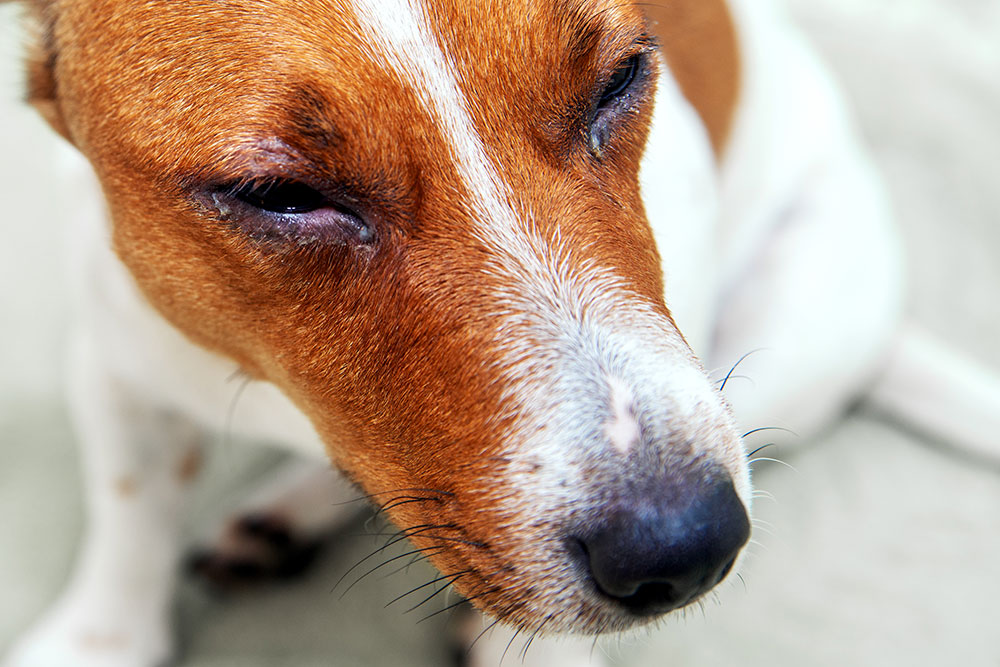
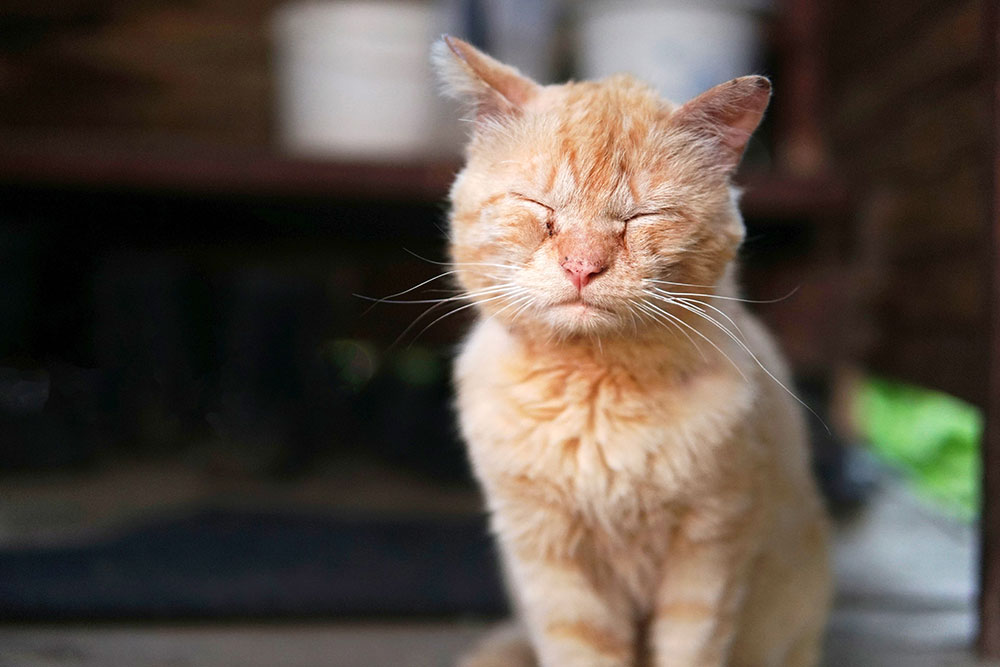
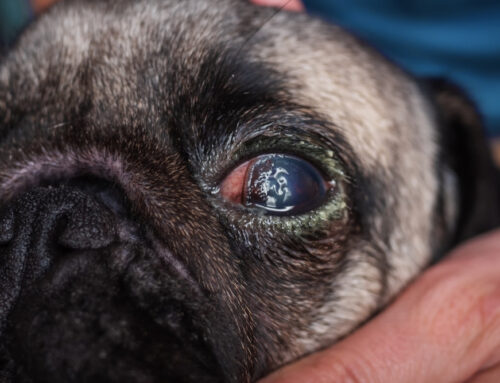
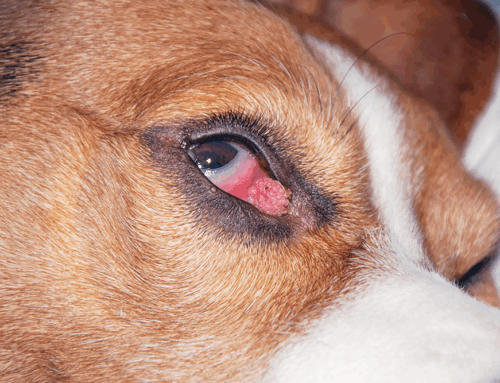
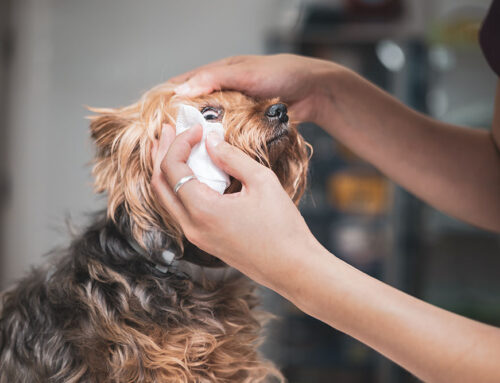
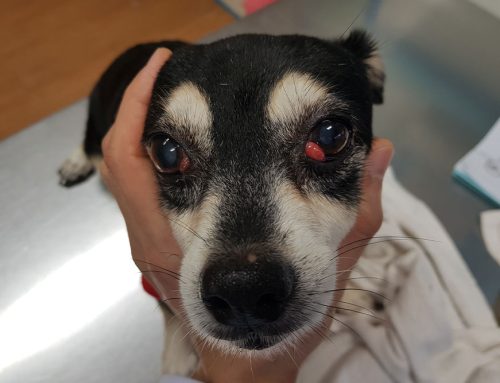

Leave A Comment